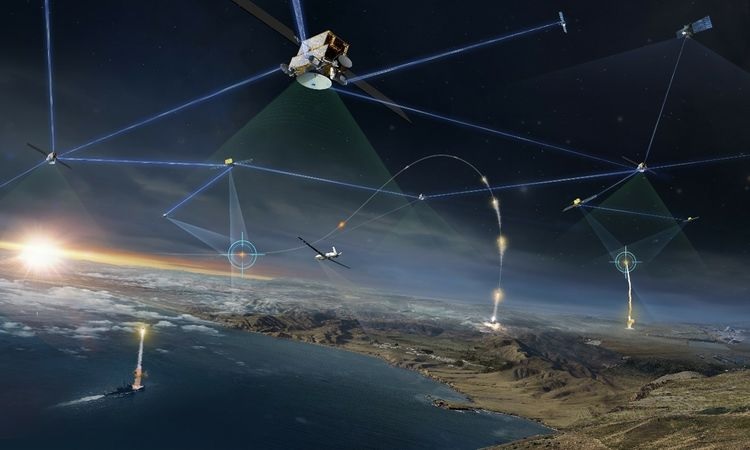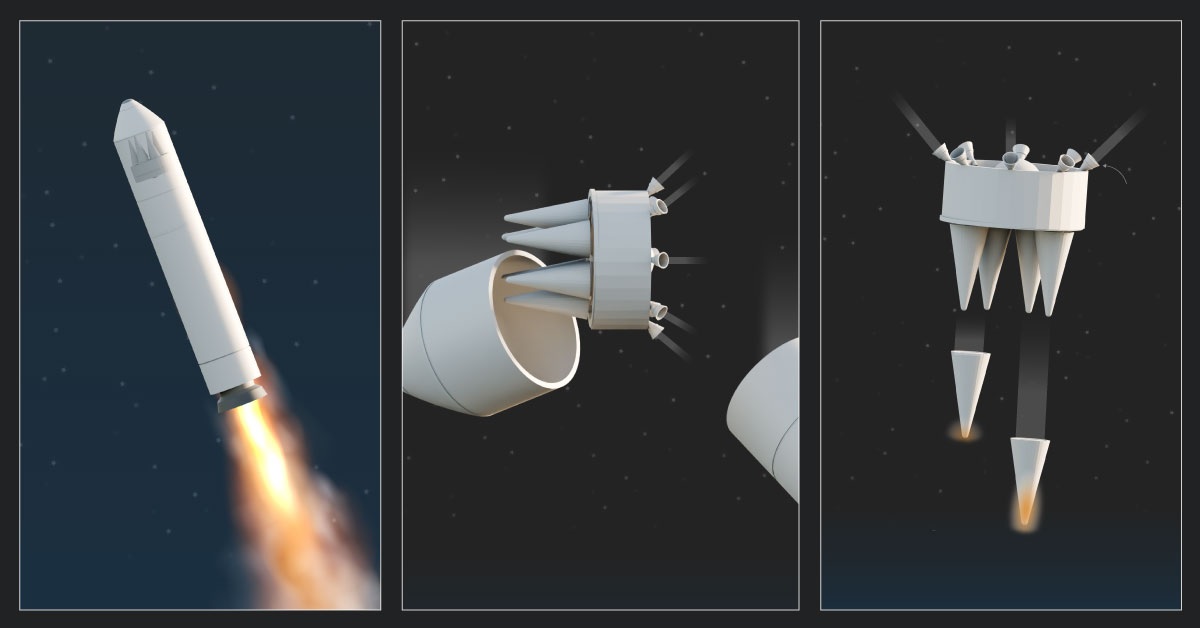Defense Innovation Unit Solicits New Round of Proposals for Space Network Project

The Defense Innovation Unit (DIU) has recently issued a fresh call for proposals from private enterprises to contribute to the Hybrid Space Architecture project. Launched in 2021, this initiative aims to seamlessly integrate cutting-edge commercial satellite broadband technologies with military networks.
Collaborating with the U.S. Space Force and the Air Force Research Laboratory, DIU is actively engaged in endeavors to establish robust connections between satellite networks and ground communication systems. The primary goal is to enhance the speed and security of data access for military users beyond current capabilities.
Headquartered in Mountain View, California, DIU, established in 2015, plays a crucial role in facilitating the Department of Defense access to and integration of commercial technologies from startup companies and unconventional defense contractors. It acts as a liaison between defense agencies and the rapidly evolving landscape of commercial tech firms.
The Hybrid Space Architecture seeks to leverage advancements in commercial satellite broadband services, in-space laser communication, cloud computing, quantum-secure encryption, and various other innovations.
In the year 2022, DIU selected eight companies to actively participate in the project. These companies include Aalyria, Anduril, Atlas Space Operations, Enveil, SpiderOak Mission Systems, Amazon Web Services, Amazon Project Kuiper, and Microsoft Azure Space. These companies are awarded contracts to prototype concepts, allowing for an evaluation of their potential value to the project.
The latest solicitation, unveiled on November 29, concentrates on four pivotal areas: persistent sensing, data transport, high-performance edge computing, and data fusion. The deadline for proposal submissions is December 11.
Persistent sensing involves incorporating commercial solutions for space-based sensing, routing and managing commercial collection requests, and accessing commercial sensor data. The data transport aspect centers on scalable free space optical components to facilitate low-latency, persistent communications.
High-performance edge computing requires commercial solutions for autonomous processing of advanced analytics and algorithms at the edge, ensuring more timely delivery of information to users. The data fusion aspect focuses on secure methods to aggregate data, enabling effective modeling, simulation, and mission planning.



